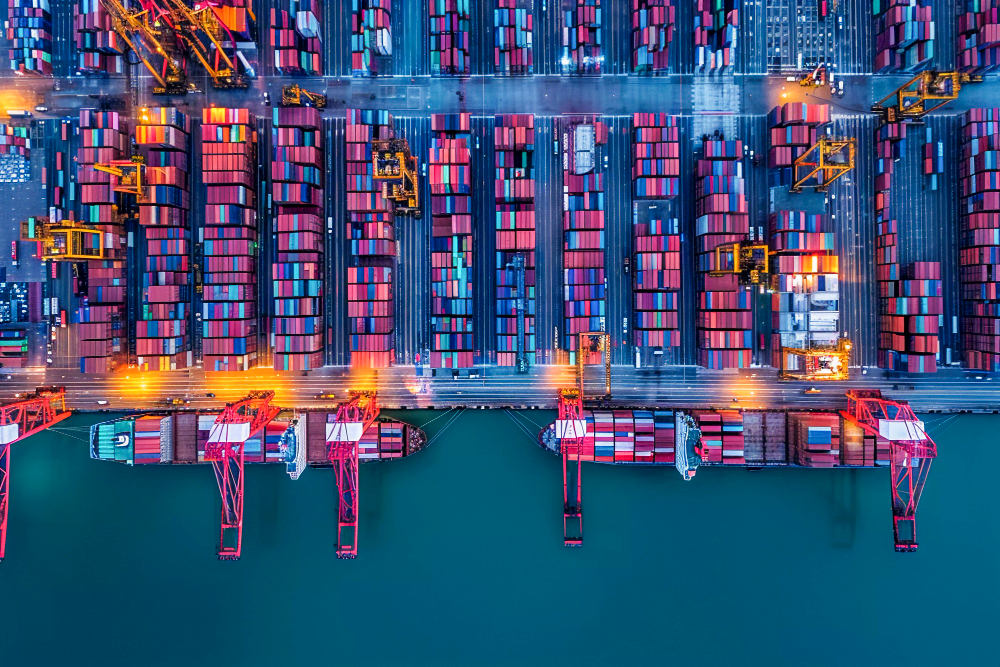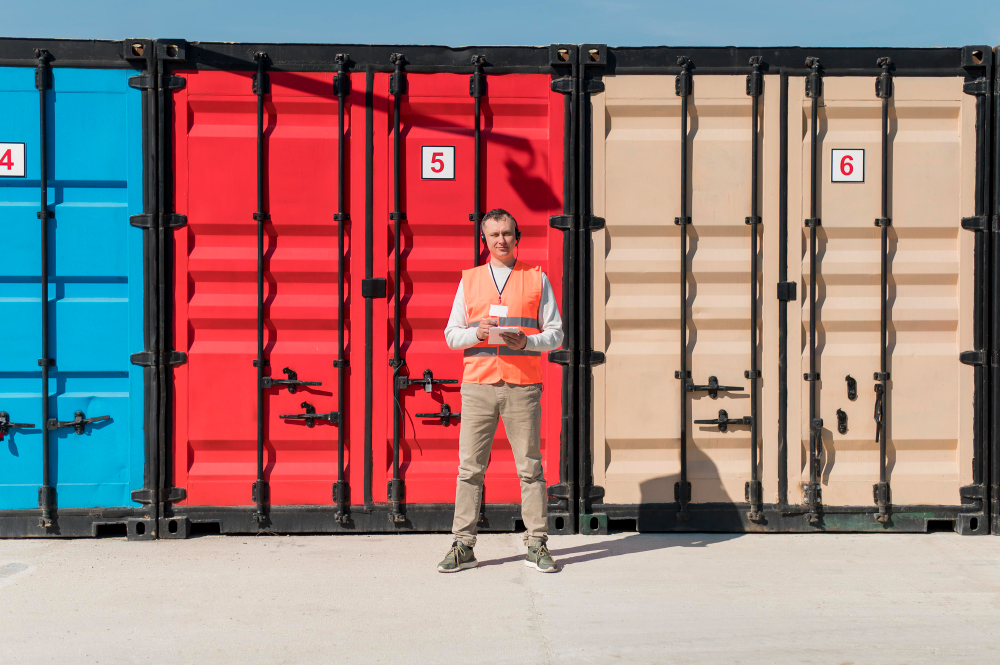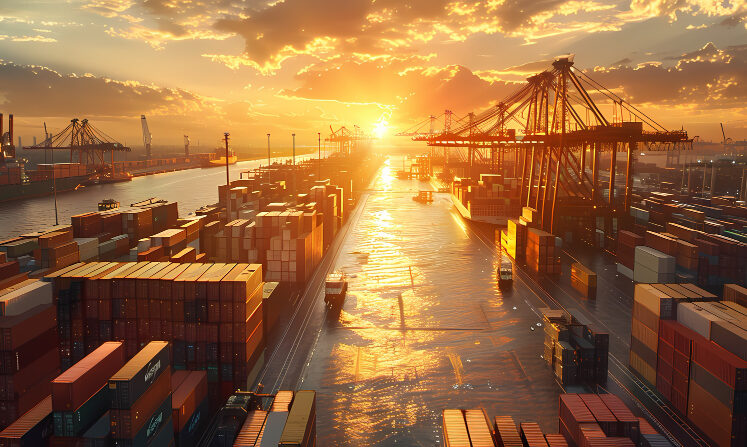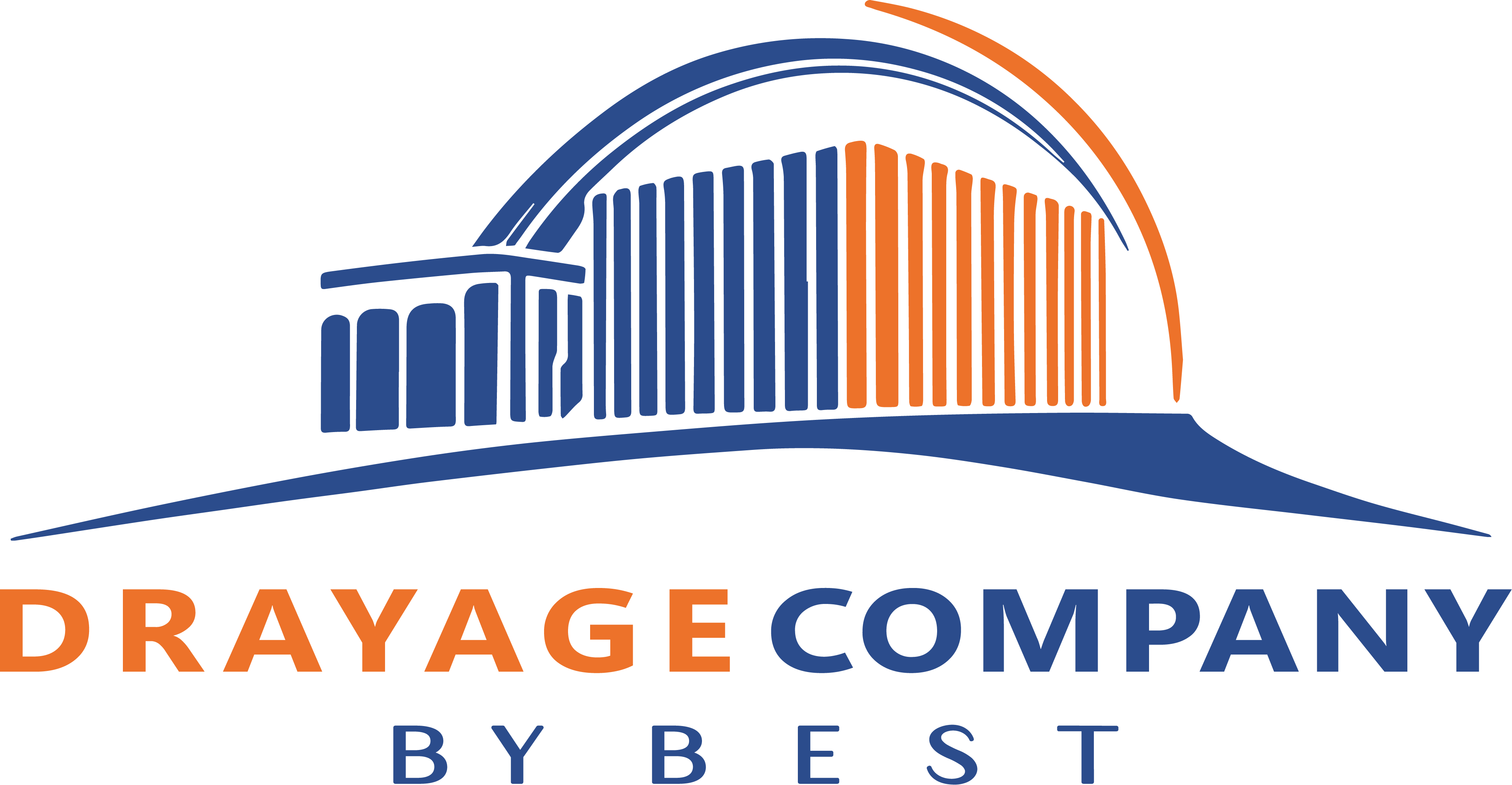Table of Contents
Key Takeaways
✔ Drayage providers are more than port-to-warehouse carriers — they’re strategic logistics partners.
✔ Customs clearance expertise is essential to avoid costly bottlenecks.
✔ In intermodal logistics, drayage ensures seamless connections between modes.
✔ Key evaluation factors include experience, safety, technology, and transparent pricing.
✔ NYC businesses should prioritize providers with strong local expertise and scalability.
What Types of Services Do Drayage Providers Typically Offer?
Drayage is far more than simply moving containers from port to warehouse. The right provider offers a broad range of services that directly impact efficiency, compliance, and overall costs. Typical drayage services include:
- Port-to-Warehouse Transport – Direct container drayage from terminals to warehouses, distribution centers, or rail yards.
- Intermodal Transfers – Seamless handoffs between ocean vessels, rail lines, and trucking networks to keep cargo flowing.
- Container Storage and Repositioning – Short-term storage options and repositioning empty containers to where they’re needed.
- Specialized Drayage – Handling refrigerated, oversized, or hazardous cargo with specialized equipment and trained drivers.
By understanding these services upfront, you’ll know which providers can deliver the comprehensive support your supply chain requires.
How Do Drayage Providers Handle Customs and Port Clearance?
When it comes to port logistics, customs and clearance procedures can become the biggest bottleneck if not managed correctly. Leading drayage providers take a proactive role in:
- Managing Documentation – Ensuring bills of lading, customs forms, and import/export paperwork are accurate and submitted on time.
- Coordinating with Customs Brokers – Working directly with customs agents and port authorities to smooth clearance.
- Providing Real-Time Updates – Keeping businesses informed about clearance status to avoid costly surprises.
- Reducing Fees – Helping clients avoid detention, demurrage, and storage charges through faster, coordinated clearance.
In NYC, where cargo volume is among the highest in the U.S., having a drayage provider that knows the local clearance landscape is invaluable.

What Types of Services Do Drayage Providers Typically Offer?
Drayage is far more than simply moving containers from port to warehouse. The right provider offers a broad range of services that directly impact efficiency, compliance, and overall costs. Typical drayage services include:
- Port-to-Warehouse Transport – Direct container drayage from terminals to warehouses, distribution centers, or rail yards.
- Intermodal Transfers – Seamless handoffs between ocean vessels, rail lines, and trucking networks to keep cargo flowing.
- Container Storage and Repositioning – Short-term storage options and repositioning empty containers to where they’re needed.
- Specialized Drayage – Handling refrigerated, oversized, or hazardous cargo with specialized equipment and trained drivers.
By understanding these services upfront, you’ll know which providers can deliver the comprehensive support your supply chain requires.
How Do Drayage Providers Handle Customs and Port Clearance?
When it comes to port logistics, customs and clearance procedures can become the biggest bottleneck if not managed correctly. Leading drayage providers take a proactive role in:
- Managing Documentation – Ensuring bills of lading, customs forms, and import/export paperwork are accurate and submitted on time.
- Coordinating with Customs Brokers – Working directly with customs agents and port authorities to smooth clearance.
- Providing Real-Time Updates – Keeping businesses informed about clearance status to avoid costly surprises.
- Reducing Fees – Helping clients avoid detention, demurrage, and storage charges through faster, coordinated clearance.
In NYC, where cargo volume is among the highest in the U.S., having a drayage provider that knows the local clearance landscape is invaluable.
What Makes Drayage Providers Essential in Intermodal Logistics?
In today’s interconnected supply chains, intermodal logistics relies heavily on efficient drayage. Here’s why drayage providers are indispensable players:
- The First and Last Mile Connection – They link ocean ports, rail hubs, and trucking routes, ensuring freight transitions smoothly between modes.
- Time-Sensitive Operations – Quick turnarounds reduce the risk of missed rail connections or late truck departures.
- Local Expertise – Familiarity with port congestion patterns, rail schedules, and regional regulations minimizes disruption.
- Scalability in High-Volume Markets – In NYC, where container volume is immense, reliable drayage capacity ensures businesses can keep up with seasonal surges.
Without skilled drayage providers, the entire intermodal chain would break down, leading to delays, added costs, and unhappy customers.

9 Key Factors to Consider
When evaluating providers, it’s critical to go beyond price and look at the factors that truly define performance and reliability.
1. Industry Experience & Specialization
A provider with proven experience in complex port operations is more likely to navigate challenges successfully. Specialization in reefer, hazmat, or oversized freight ensures your unique cargo needs are met without risks.
2. Geographic Coverage & Network
For businesses in NYC, coverage is everything. Look for a drayage partner with strong relationships across major ports (Newark, Elizabeth, Brooklyn) and inland hubs. A broad network means fewer delays and greater flexibility.
3. Safety & Compliance
Drayage isn’t just about speed — it’s about safety. Providers must strictly adhere to FMCSA regulations, OSHA standards, and environmental rules while maintaining rigorous driver training and fleet inspections.
4. Technology & Real-Time Visibility
Today’s supply chains thrive on visibility. Top providers leverage GPS tracking, EDI integrations, and digital dashboards to give you complete transparency on container location and status. Predictive tools for congestion management are a game-changer.
5. Pricing Transparency & Cost Management
Hidden fees are common in drayage. Partner with providers who offer transparent pricing and a breakdown of base rates, fuel surcharges, chassis fees, and storage charges. They should also help minimize detention and demurrage costs.
6. Customer Service & Communication
Drayage is fast-moving. 24/7 support, proactive updates, and clear communication are must-haves to address issues before they escalate.
7. Scalability & Flexibility
A strong drayage provider should scale with your needs, whether it’s peak-season surges or unexpected freight volumes. Flexible fleet scheduling keeps supply chains resilient.
8. Integrated Services
Providers offering value-added logistics services like transloading, warehousing, and consolidation simplify supply chains and reduce vendor complexity.
9. Reputation & Reliability
Finally, don’t overlook credibility. Case studies, client testimonials, and industry reputation signal whether the provider has a proven track record of dependability.
Quick Facts: Drayage in NYC
✔ NYC ports handle millions of containers annually, ranking among the busiest in the U.S.
✔ Average container dwell time at major ports can exceed 3–5 days without efficient drayage.
✔ Detention and demurrage fees can cost businesses hundreds of dollars per container per day.
✔ Technology-driven drayage providers reduce delays by up to 30%.
✔ Integrated drayage and warehousing cuts total logistics costs by 10–15%.

Frequently Asked Questions | Choosing the Right Drayage Provider
1. What types of services do drayage providers typically offer?
Drayage providers manage port-to-warehouse moves, intermodal transfers, container storage, and specialized services for sensitive cargo.
2. How do drayage providers handle customs and port clearance?
They ensure accurate documentation, coordinate with customs brokers, and provide real-time clearance updates to avoid costly delays.
3. What makes drayage providers essential in intermodal logistics?
They act as the critical link between ports, rail, and trucking, ensuring cargo transitions efficiently across modes.
4. How can businesses reduce costs when working with drayage providers?
Choose providers with transparent pricing, leverage technology for visibility, and work with experienced teams to avoid detention and demurrage fees.
5. What should businesses in NYC prioritize when selecting a drayage partner?
Local expertise, strong port relationships, network coverage, and reliable scalability should top your checklist.
Optimize Your Supply Chain with the Right Drayage Partner in NYC!
Choosing the right drayage partner is about more than cost — it’s about building a resilient, efficient, and scalable supply chain. In a complex logistics hub like NYC, where port congestion and regulatory hurdles are daily realities, businesses need a provider who can deliver reliability, visibility, and cost savings.
At Drayage Company By Best, we specialize in helping businesses streamline their port-to-warehouse operations with transparent pricing, cutting-edge technology, and a proven track record of dependable service in NYC.
Ready to move your supply chain forward? Contact Drayage Company By Best today and take the first step toward smoother, more efficient logistics in New York City.

